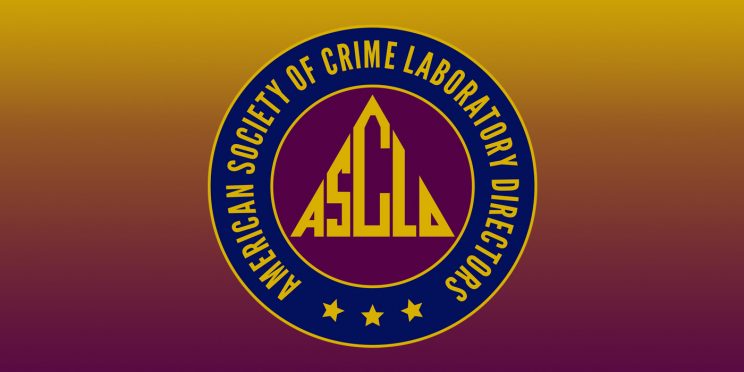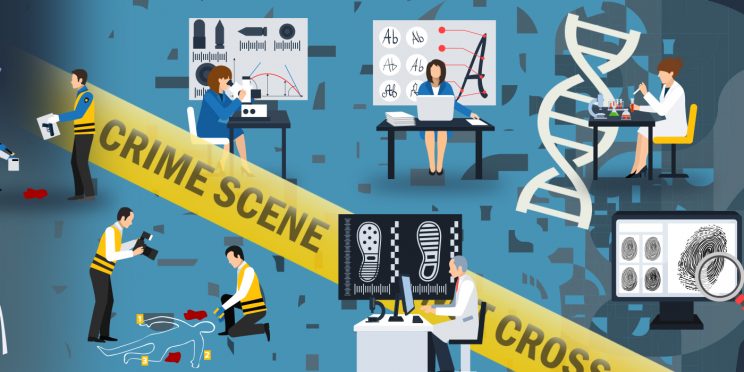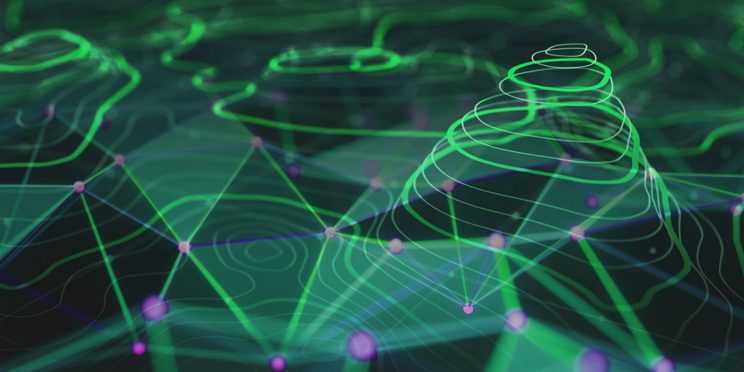Original Release Date: December 11, 2020
In episode six of the 2020 Case Studies season, Just Science sat down with Karen Oswald, Senior Evidence Specialist with the Suffolk County Police Department in New York, to discuss methods for identifying fingers and hands captured in evidentiary photos.
As cellphone and camera technologies continue to improve, so does the quality of the images they produce. Most people today carry smartphones at all times, therefore more criminals are incriminating themselves with the photos they take. While investigating a case, Karen Oswald saw an opportunity to use pictures from a suspect’s cell phone as a tool for identifying his hands and proving his guilt.
Listen along as she discusses techniques for identifying prints captured in evidentiary photos and the challenges associated with the process in this episode of Just Science.
This episode of Just Science is funded by the National Institute of Justice’s Forensic Technology Center of Excellence [Award 2016-MU-BX-K110].
Some content in this podcast may be considered sensitive and may evoke emotional responses, or may not be appropriate for younger audiences.
Guest Biography
Karen Oswald is a Senior Evidence Specialist with the Suffolk County Police Department in New York. She graduated from Marist College in 2005 with a Bachelor of Science Degree in Criminal Justice and has worked as a latent print examiner in the SCPD Identification Section for the past 15 years. In 2012, Karen spent 11 months in Afghanistan serving as a contractor with the Defense Forensic Science Center where she gathered biometric data in support of Operation Enduring Freedom. Her areas of expertise include crime science processing and photography, and the development, analysis, and comparison of friction ridge detail. She has testified as an expert in the field two dozen times.
The opinions, findings, and conclusions or recommendations expressed in this podcast episode are those of the presenter(s) and do not necessarily reflect those of the U.S. Department of Justice.
Contact us at ForensicCOE@rti.org with any questions and subscribe to our newsletter for notifications.




